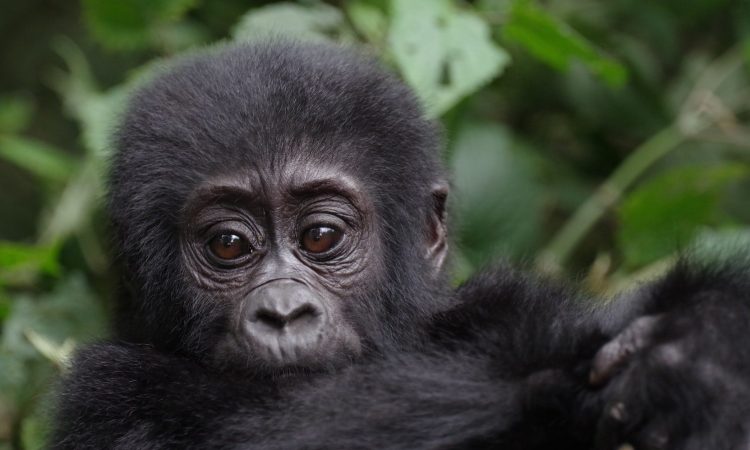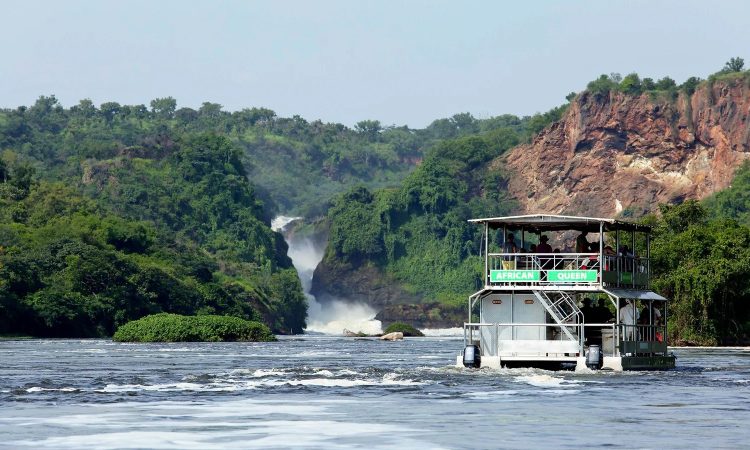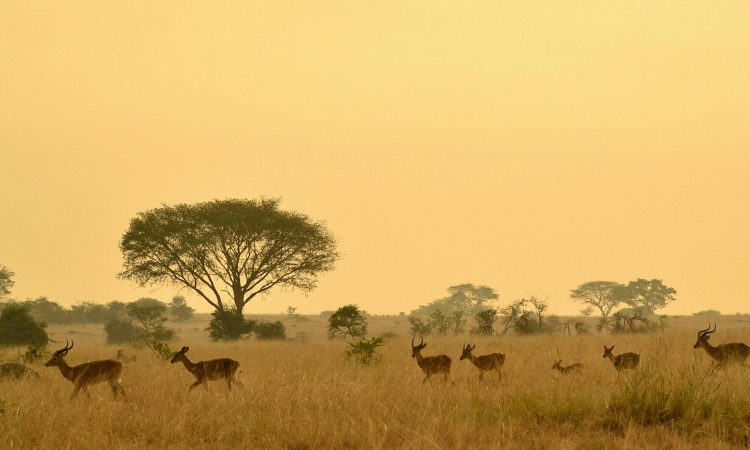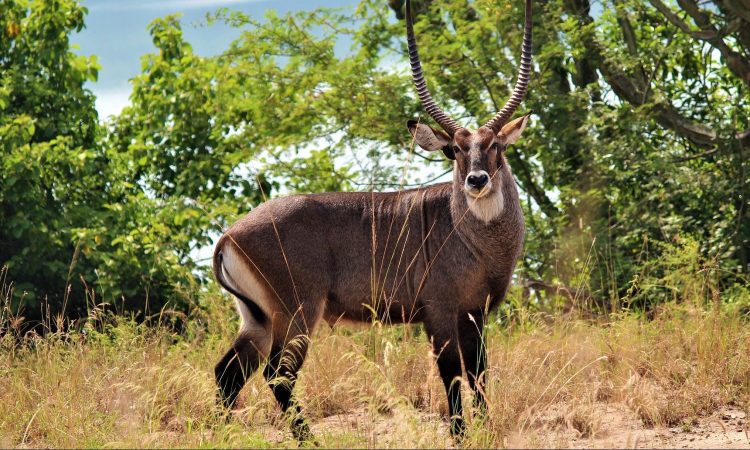What is a Silverback gorilla? A Silverback is a name used for an adult male mountain gorilla that grows a grey patch of hair on his back as he gets older.
Most Silverbacks are either leaders of a group, living alone, or trying to take over a group.
A Silverback is in charge of all the group’s daily activities. He decides where the group travels, where they search for food, where they rest, and where they build nests for sleeping at night.
Silverbacks are the most aggressive of all mountain gorillas. You may see this during your tour. The dominant Silverback is the only one who mates with the females in the group. He does not allow other Silverbacks or young males to mate.
This is why adult male gorillas that are not dominant often leave the group to start their own families or challenge the leader in a fight to take over. If they win, they also gain the right to mate and have babies of their own.
Silverbacks are also in charge of protecting their families. If there is danger, they will fight to protect the group, even if it means losing their own life.
Silverbacks use body movements and gestures to communicate with the group in times of danger.
Adult male gorillas are heavier and taller than females.
A Silverback eats about 30 kilograms of food every day, while female gorillas eat about 18 kilograms.
A Silverback has 13 pairs of ribs, making a total of 26 ribs. Each rib is heavier than that of a human.
Some Silverbacks may kill young males (juveniles) after taking over a group. This is done to prevent future challenges to their leadership.
Trekking Silverback Gorillas
To learn more about Silverbacks, you can visit Uganda, Rwanda, or the Democratic Republic of Congo. The price for gorilla trekking is different in each country.
People who are sick or children under 15 years old are not allowed to take part in gorilla trekking.
Trekking mountain gorillas is not the same as going on a game drive or doing a simple tour. You have to hike up mountain slopes to find them. You also need special trekking gear like hiking boots, garden gloves, warm clothes, raincoats, insect repellent, sunscreen, energy snacks, and clean drinking water.
Mountain gorilla parks usually have the same type of weather. The best time to visit is during the dry season, which runs from June to September and from December to February.
During the wet season, some roads to the national parks may be hard to use. The trekking trails also get muddy, slippery, and harder to walk on.
Book Your Tour Now
If you want to add more days or visit more places, please contact us through our main contact page using the button below.


















